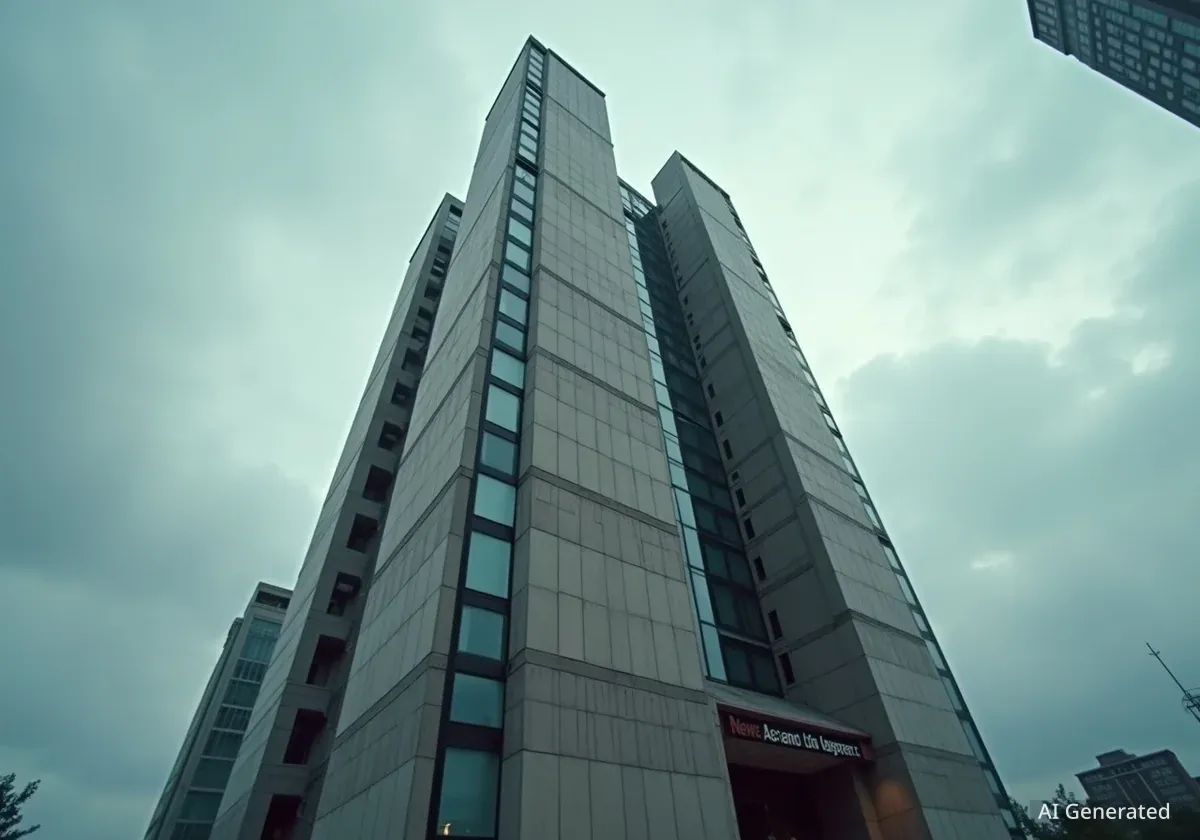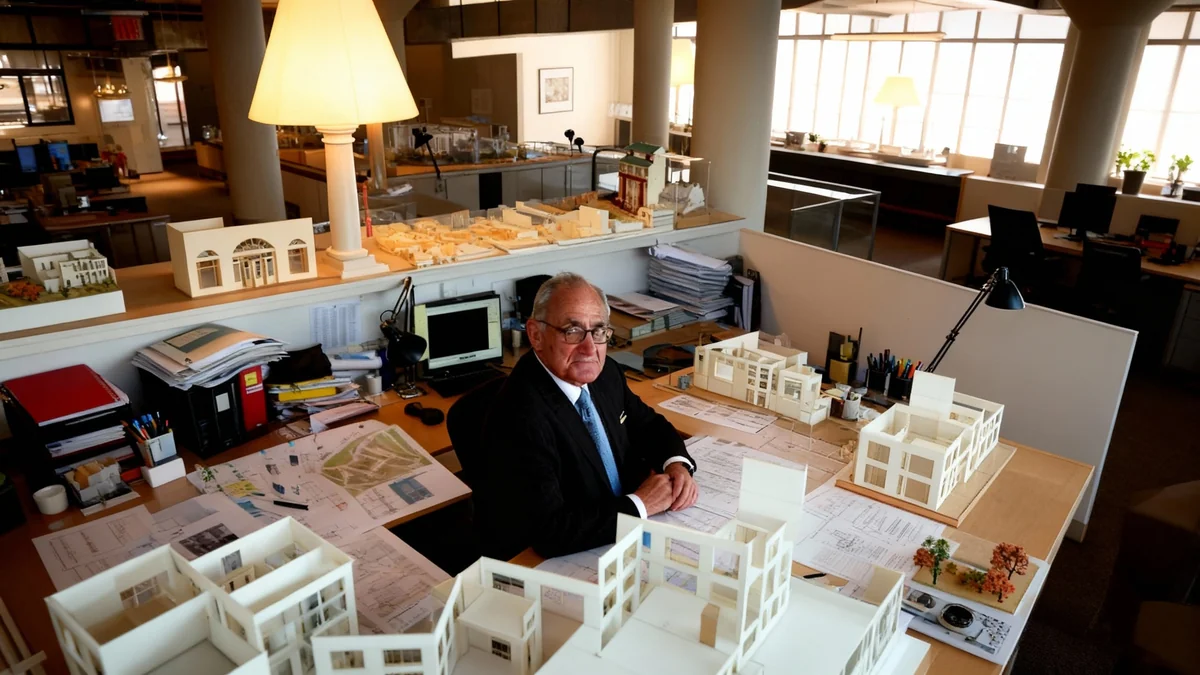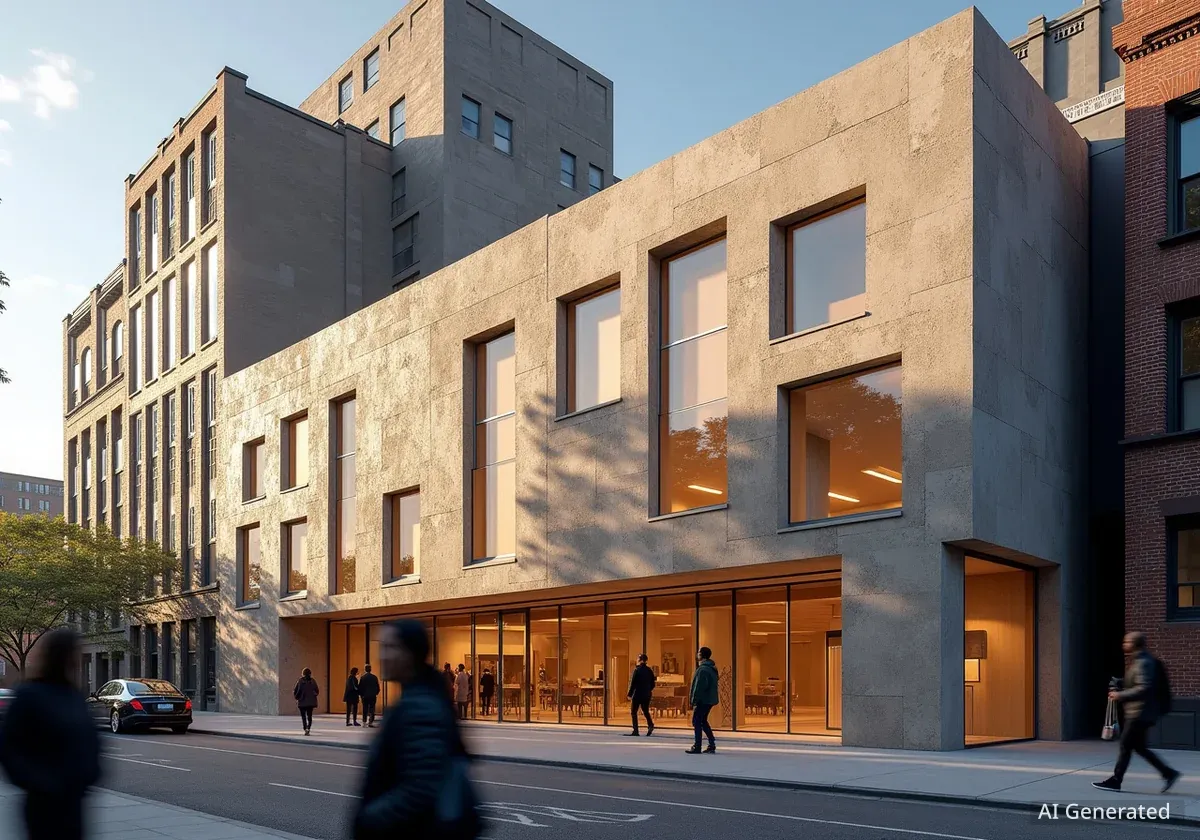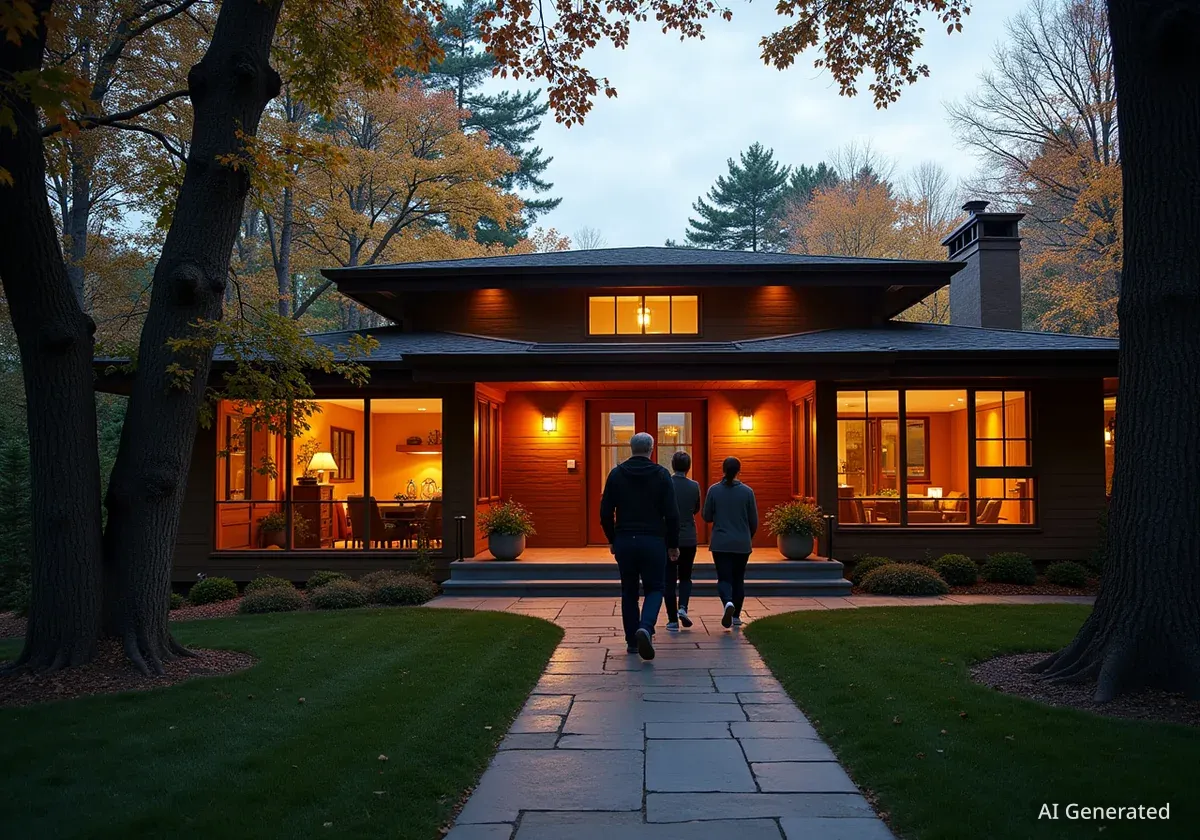Sir Terry Farrell, the prominent architect and urban planner known for his distinctive postmodern designs, including the MI6 headquarters in London, has passed away at the age of 87. His studio confirmed his death, highlighting his significant contributions to the "hi-tech" architectural movement.
Farrell's work shaped many urban landscapes in the UK and internationally. He was recognized for creating bold, often imposing structures that became landmarks. His legacy includes major public and commercial buildings that defined an era of architectural innovation.
Key Takeaways
- Sir Terry Farrell, a notable architect, died at 87.
- He was a key figure in the "hi-tech" and postmodern architectural movements.
- His most famous work includes the MI6 headquarters in London.
- Farrell's career spanned several decades, influencing urban planning and design.
- He also designed major structures in Asia, including railway stations in China.
A Legacy of Bold Design and Urban Vision
Sir Terry Farrell's studio announced his death via an Instagram post. The statement from Farrells acknowledged the passing of their founder, expressing deep sadness on behalf of his family and the practice. Farrell's influence extended beyond individual buildings; he was a committed urbanist.
His architectural style was often described as nonconformist. He embraced a postmodern approach, which stood out during the 1980s and 1990s. This period saw the rise of the "hi-tech" movement, a style Farrell helped to define.
Farrell's early career involved a significant partnership with Nicholas Grimshaw. Grimshaw, who also passed away recently, was another key figure in the "hi-tech" movement. Together, they created notable projects such as the Herman Miller Factory in Bath and the 125 Park Road residential building in London. These structures are considered important examples of their collaborative style.
Architectural Milestones
- MI6 Headquarters, London (1994): Often called a "flesh-coloured ziggurat."
- TV-am Studios, London: An early and well-known postmodern design.
- Embankment Place, London: Built above Charing Cross station.
- The Deep, Hull: A distinctive aquarium facility.
- KK100 Tower, Shenzhen (442 meters): Once the world's tallest building by a British architect.
Early Life and Education
Terence Farrell was born in Sale, Cheshire, in 1938. His family relocated to Newcastle during his childhood. He grew up in a council estate called the Grange, which he described as being "on the edge of the edge" of the city, next to fields and a building site. This early environment likely influenced his later focus on urban development.
Farrell pursued his education in architecture at Newcastle University. He graduated in 1961. Following this, he traveled to the United States to attend the University of Pennsylvania in Philadelphia. There, he earned a master's degree in urban planning, broadening his expertise beyond pure architecture.
After his studies in the US, Farrell returned to the UK. He briefly worked with the Greater London Council's architects department. However, he found this experience disappointing. He once told the Observer newspaper,
"It was astonishing, leaderless and rudderless; people just invented their own solutions."This experience reinforced his preference for working outside the public sector.
Defining the Hi-Tech Era
In 1965, Farrell moved to London and established a partnership with Nicholas Grimshaw. Their firm, the Farrell/Grimshaw Partnership, also shared a studio with Archigram, an experimental British architectural collective. This period marked a time of significant innovation in British architecture.
While Grimshaw later became known for projects like the Eden Project, Farrell was sometimes seen as the "less assertive" of the two. He once stated, "For 15 years I tagged along in Nick’s wake." Despite this modesty, Farrell's individual designs were often striking and memorable.
The MI6 headquarters in Vauxhall, which opened in 1994, is arguably Farrell's most recognized work. Architecture critic Rowan Moore once called it a "flesh-coloured ziggurat." This building is characteristic of Farrell's ability to create large, imposing structures for powerful institutions. It stands as a symbol of his distinctive style.
The Hi-Tech Movement
The "hi-tech" architectural movement emerged in the 1980s and 1990s. It emphasized the use of modern technology, industrial materials, and a focus on structural expression. Buildings often featured exposed steel frameworks, services (like ducts and pipes), and modular components. This style aimed for functionality, transparency, and a futuristic aesthetic, often drawing inspiration from engineering and industrial design. Key figures included Richard Rogers, Norman Foster, Nicholas Grimshaw, and Terry Farrell.
Key Projects and Global Reach
Beyond the MI6 building, Farrell designed several other significant structures in London. These include Embankment Place, a large development above Charing Cross station, and the Home Office headquarters. He also designed Alban Gate, an office block in the City of London that was part of the "big bang architecture" movement of the time.
His influence extended internationally, particularly in east Asia. Farrell designed major transportation hubs in China, including Beijing railway station and Guangzhou South railway station. He also created the KK100 tower in Shenzhen, a 442-meter skyscraper. At the time of its completion, it was the world's tallest building designed by a British architect.
"Terry was frequently called a maverick and a nonconformist, which he relished," his studio said in its social media tribute. "He was an architect who was never quite part of the ‘club’. He will be remembered as the UK’s leading architect planner whose enduring commitment to urbanism has helped shape government policy on key built-environment issues."
Farrell's commitment to urbanism was a central theme throughout his career. He believed in creating spaces that served the public good and fostered community engagement. This philosophy was evident in his later projects and initiatives.
Commitment to Urbanism and Conservation
In 2023, the Farrell Centre opened as part of Newcastle University. Farrell, who was 84 at the time, invested £1 million of his own money into this project. The centre includes a gallery and an "urban room." This urban room is designed as a place where local people can learn about the history, present, and future of their community. This concept was deeply important to Farrell, reflecting his long-standing dedication to public engagement in urban planning.
Farrell was also a strong advocate for conservation, though with a distinct perspective. He believed in adapting buildings rather than simply preserving them as static relics. In 2023, he articulated his view on conservation, stating,
"Conservation is a mind thing rather than a designation."He emphasized that the longevity of a structure depended on people's motivation to care for it. He famously added, "A cardboard house, if people are motivated to take care of it, lasts for ever." This highlights his belief in the enduring power of community connection to the built environment.
His work and philosophy have left a lasting mark on architecture and urban planning. Sir Terry Farrell's designs continue to shape skylines and provoke discussion, cementing his place as a significant figure in modern architectural history.




